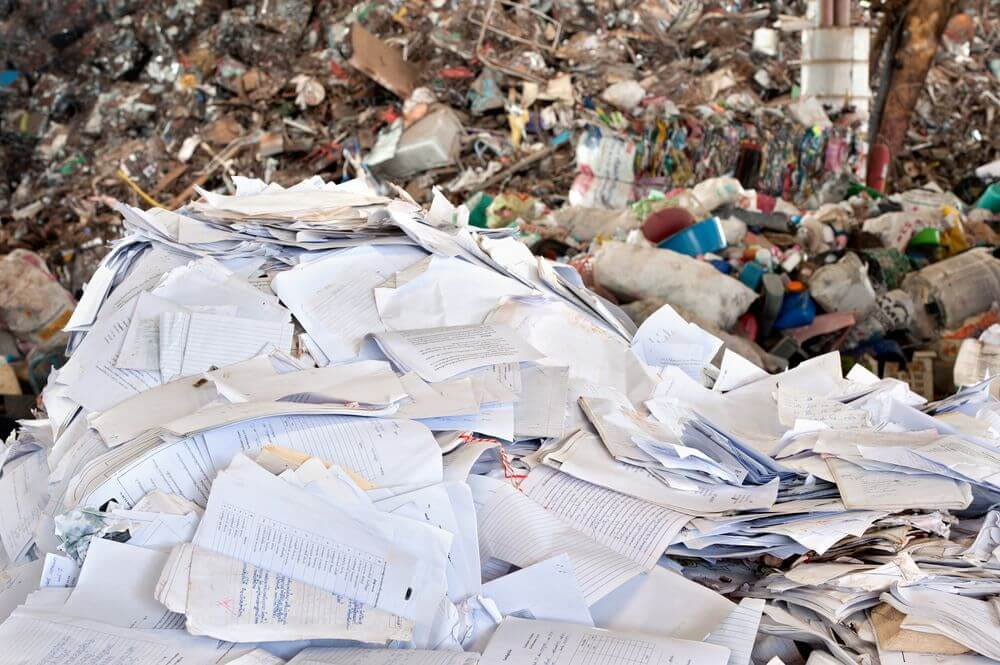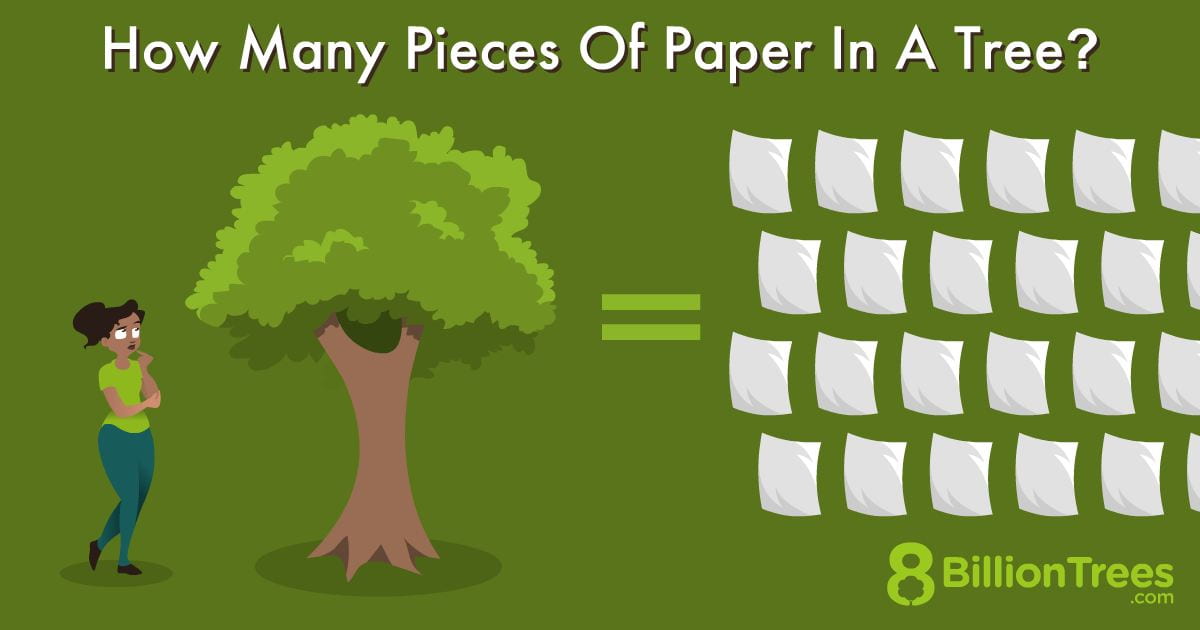
THE OAK
by Alfred Lord Tennyson
Live thy Life,
Young and old,
Like yon oak,
Bright in spring,
Living gold;
Summer-rich
Then; and then
Autumn-changed
Soberer-hued
Gold again.
All his leaves
Fall’n at length,
Look, he stands,
Trunk and bough
Naked strength.
I am the Director of Technology at an organization. One of my responsibilities is to ensure efficient and effective use of our resources. My goal is to reduce the amount of paper that my organization is using on an annual basis. I will do this by developing a plan which takes into consideration:
*Using technology to reduce paper consumption
*Educating employees in ways to conserve paper use and why?
*Developing verifiable goals which can track both economic and environmental gains and impact

- Electronic instead of paper documents
- Duplex printing and copying instead of single sided
- Reuse of single sided print-outs, envelopes and other paper products.
Electronic instead of paper documents
- Distribute reports and memos electronically
- Scan incoming paperwork and store all documents on a network rather than in filing cabinets.
- Switch to electronic forms such as timesheets, purchase orders, and incident reports.
- Print on-demand rather than stockpiling paper documents like letterhead and newsletters that will become outdated.
- E-mail documents rather than faxing them, or fax them electronically from your computer instead of using hard copies. Search the Internet to find an electronic fax service that meets the needs of your organization.
- Avoid printing e-mails and web pages; file them on a hard drive not in a filing cabinet.
- Practices that Use Less Paper: Learn about tried-and-true paper saving practices, and how to put them in place at your organization.
-
Reusing single sided print-outs, envelopes and other paper products
- Use paper that has printing on only one side and is blank on the other in a designated “draft” copier, printer, or paper tray.
- Reuse manila envelopes for internal mailings.
- Use outdated letterhead for in-house memos.

History Of Paper Making
Historical evidence indicates that the Chinese were the first society to develop a method to make pulp. Archaeologists indicate that the most ancient pieces of paper ever collected were from China from the 2nd century BCE. One of the people credited with the development of papermaking in China was Cai Lun, a eunuch in the court of the Han Dynasty. Although the process of making paper traces its roots to the Chinese, it was refined by Islamic societies who came up with machines to make vast amounts of paper. Today, China and the United States are the largest pulp and paper producers in the world.
Trees and the Production of Paper
The paper and pulp industry utilizes a variety of industrial processes to turn its natural resources (namely wood pulp) into consumer-grade commodities. There are two main methods of producing paper; a manual process, and a machine dependent process. Regardless of the process used in the manufacturing of the paper, the pulp is an essential component. In the making of pulp, a significant number of trees are cut down. The main consideration in determining the number of trees that are cut down is whether the pulp mill relies on a chemical or a mechanical pulping process. Industry experts indicate that while using the chemical pulping to produce 1 ton of printing paper approximately 24 trees are required. The 24 trees would have to be a combination of softwoods and hardwoods each about 40 feet tall with a diameter of roughly 6-8 inches. It is believed that the chemical pulping process, often referred to as the Kraft pulping process, is highly inefficient due to a large number of trees used in making a ton of paper. The mechanical pulping process is exceptionally more efficient than the Kraft pulping process since it uses fewer trees to make one ton of paper. The mechanical pulping process utilizes 12 trees which are a mixture of hardwood and softwood.
The Environmental Impact of Paper
The papermaking process has been criticized extensively by environmentalists since it contributes to pollution. Papermaking has an impact on the environment because it destroys trees in the process. According to data from the Global Forest Resource Assessment roughly 80,000 to 160,000 trees are cut down each day around the world with a significant percentage being used in the paper industry. The major impact of the constant deforestation is the change in global climatic patterns. Apart from deforestation, the paper manufacturing industry also contributes to air pollution. In the United States, paper industries accounted for roughly 20% of the air pollution in 2015. Paper manufacturing also contributes significantly to water pollution. In 2015, the Canadian government estimated that the nation’s paper industry accounted for 5% of the waste disposed into the nation’s waterways. Data indicates that the production of 1 ton of paper contaminates nearly 20,000 gallons of water.
Importance Of Recycled Paper
Recycled paper was created to reduce the environmental impact of paper manufacturing. Paper can be recycled about 5 to 7 times. Data indicates that using one ton of recycled paper can prevent 17 trees from being cut down.

https://8billiontrees.com/trees/how-many-trees-are-cut-down-each-year-for-paper/
Paper is arguably one of the most important items that human society has ever invented as it contributed significantly to later technological advancements. In the process of making paper, trees are the most critical raw materials. It is estimated that 24 trees to make 1 ton of standard office paper.
Financial Costs:
The costs of using paper inefficiently in the workplace are too significant to be ignored. The expenses from supplies such as toner and paper, as well as equipment maintenance can add up fast. More significant is all the staff time wasted adjusting printers and copiers, filing documents, and then trying to find them again—often just to throw them away. Some findings from productivity research studies:
- Inefficient use of printers, copiers, and fax machines can waste between 1 and 3 percent of company revenue annually.
- For every dollar spent on copying, companies incur another $6 in handling and distribution, and half of all documents printed are thrown away within 24 hours
- An average of 17% of everything printed is considered waste. https://www.stopwaste.org/at-work/reduce-and-reuse/reduce-paper-use/the-impact-of-paper-waste#2
Environmental Costs:
Using less paper can save your organization money and can also help with several environmental problems. Of all trees harvested for industrial use, 42% go to making paper. The pulp and paper industry is also the largest industrial user of water, the biggest water polluter, and the third largest emitter of global warming pollution in most industrialized nations .
If you have to print:
-
- Only print pages you need.
- Increase margins and reduce font size.
- Printing in black and white is preferable; color toner is more expensive and has a greater environmental impact than black.
- Set printers to default to double-sided.
- Use print preview to avoid printing unnecessary pages.
- Print multiple pages per sheet
- To save costs on toner/ink, consider fonts that use less ink, such as Century Gothic or Garamond.
- Recycle the Toner
Paperless Express: This comprehensive and easy to follow guide provides tips and tools for office workers and managers in business, government, and other organizations. You will find steps to reduce paper at your desk, in the mail room, by using technology, and in many other ways.

Paper conservation in the workplace” is a commendable initiative that parallels the efficiency and resource optimization that a processor board brings to modern technology.
In today’s digital age, the drive to reduce paper usage not only contributes to environmental sustainability but also mirrors the way a processor board enhances the efficiency of electronic devices. Much like conserving paper resources minimizes waste and promotes a greener environment, a processor board optimizes data processing, reduces energy consumption, and improves the overall performance of electronic equipment.
Catherine –
First of all I love the poem that you shared. “Naked strength” paints a poignant and powerful image.
Your research and information regarding paper use and conservation is extremely thorough. I must admit that I was drawn to your blog because conserving paper is something I am actively working on within my own company. We have gone from having 5-10 filing cabinets in use each year, to one small one. We have implemented many of the things you suggest such as emailing memos, saving documents to the network, foregoing printed copies (unless it is an original signed contract or corporate document that requires that), distributing insurance renewal information to employees all via email, providing digital copies of things like employee handbooks and updates via email, and much more etc. We still have a network printer but it gets very little use. Another thing we do is re-use paper as long as there is nothing confidential on it of course, for scrap paper.
I love that you are choosing action that relates to the trees and deforestation. I think so much of the unit we covered that spoke to me about the planting of trees in India and Africa. I think one of the reasons that I am so drawn to Leanne Betasamosake Simpson’s work is because she illustrates the connection between women and trees in such a raw and instinctual way.
Like you, I was looking at a very broad topic (ocean erosion and pollution in NJ) and had to figure out a way to set a goal that was feasible within the period of time we have for our praxis. I decided to focus on the top 5-10 facts I felt were most important and then watered it down to simple pieces of information that could be easily digested. I am using social media to do this by creating simple interactive polls. Then I plan provide resources and then asses the responses. In other words – I needed a way to gage the information I am putting out there and what the response was in way that was manageable over a period of about a week.
You have so much great information and fantastic ideas to implement. For the purpose of this assignment, I would encourage you to maybe pick 1 or 2 things you want to implement or monitor and then figure out how you plan to do that in order to be able to accumulate and analyze your results. For example, maybe see how many reams of paper you regularly use over a three day period. Then implement some of your ideas and see how many reams you use over that period of time? Then you could see what the cost difference between those times periods would be to the company (savings) and then compute that savings over a year. You could also compute how many trees that might save. You would be turning your ideas into results that are tangible and manageable.
Best of luck to you! I am interested in seeing how your plan works out!
Teresa
Hi Catherine,
I really enjoyed how you incorporated your action plan into your workplace. As workers spend so much of our lives at our place of employment, it makes sense to have an action plan related to our jobs. I can see that you have already done a lot of research on this topic, and I am sure your coworkers will appreciate your efforts.
One of the points that I especially like about your project is that you are increasing people’s awareness of their connection to the environment. Working in an office situation, people are sometimes divorced from their connection to the natural world. It is quite possible to go about daily life in the city without touching a living tree, yet, as you remind people, paper is not a resource that appears independently of nature. In promoting feminist environmentalism, Bina Agarwal argued that our relationship with nature “needs to be understood as rooted in their material reality, in their specific forms of interaction with the environment” (1992, p. 126). By looking at paper usage in your office, you are indeed looking at the specific ways that you and your coworkers are interacting with trees as part of the material reality of work.
Your project already looks challenging, but you may want to consider a method for finding out more about your coworkers’ actual paper usage. In my workplace, the administration has implemented several different systems in the last few years to encourage more work online and less physical paper. However, these administrators have very different jobs than myself or many of my coworkers, so these systems do not always meet the needs of the workers. If you have time, you may want to ask coworkers what they most often use physical paper for and why they choose that instead of an electronic alternative. Your coworkers’ answers might give you insight into what barriers currently exist for going paperless, and this may help you develop resources that better match the current needs in the office.
Best of luck and I look forward to hearing more about your project!
Agarwal, B. (1992). “Gender and the environment debate: Lessons from India.” Feminist studies, 18(1). pp. 119-158. Stable URL: https://www.jstor.org/stable/3178217
Hi Catherine,
You have an extremely well-thought-out and articulated plan here! It’s actionable and researched. You lay it all out so clearly that there’s no doubt in the reader’s mind that you’ll be extremely successful in your activism.
You seem to have truly thought of all aspects of this issue and how to solve it. And what’s even better is that you’ve basically made a roadmap for other activists to follow in your footsteps. You’ve created a persuasive argument that will appeal to ecofeminists and those who are still indoctrinated by capitalistic patriarchal ideals. Less paper means fewer expenses, which is an inherently compelling notion in our system.
You could insert this post into an email and send it to the whole company!! You’ve explained the “why?” the “how?” and the “so what?” of the ecofeminist issue and leave no room for refute!
I can’t wait to see the change that you facilitate with this plan!